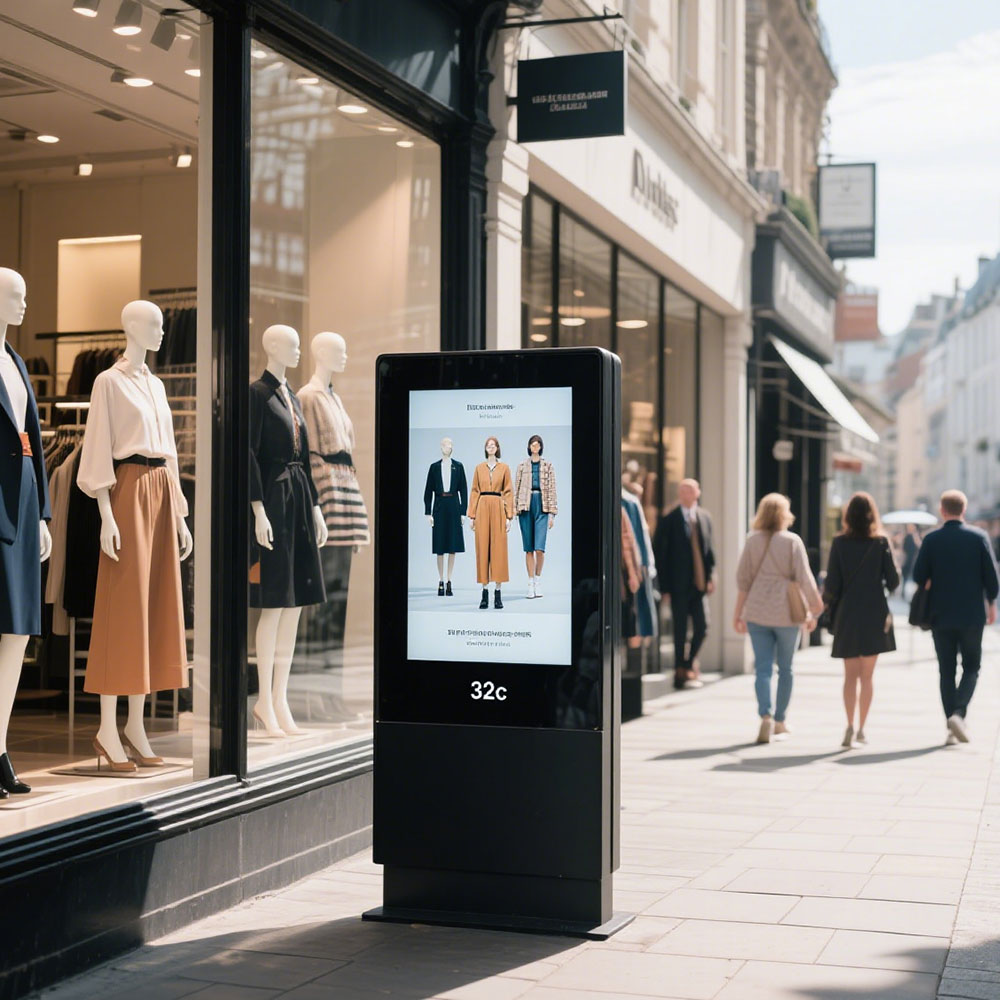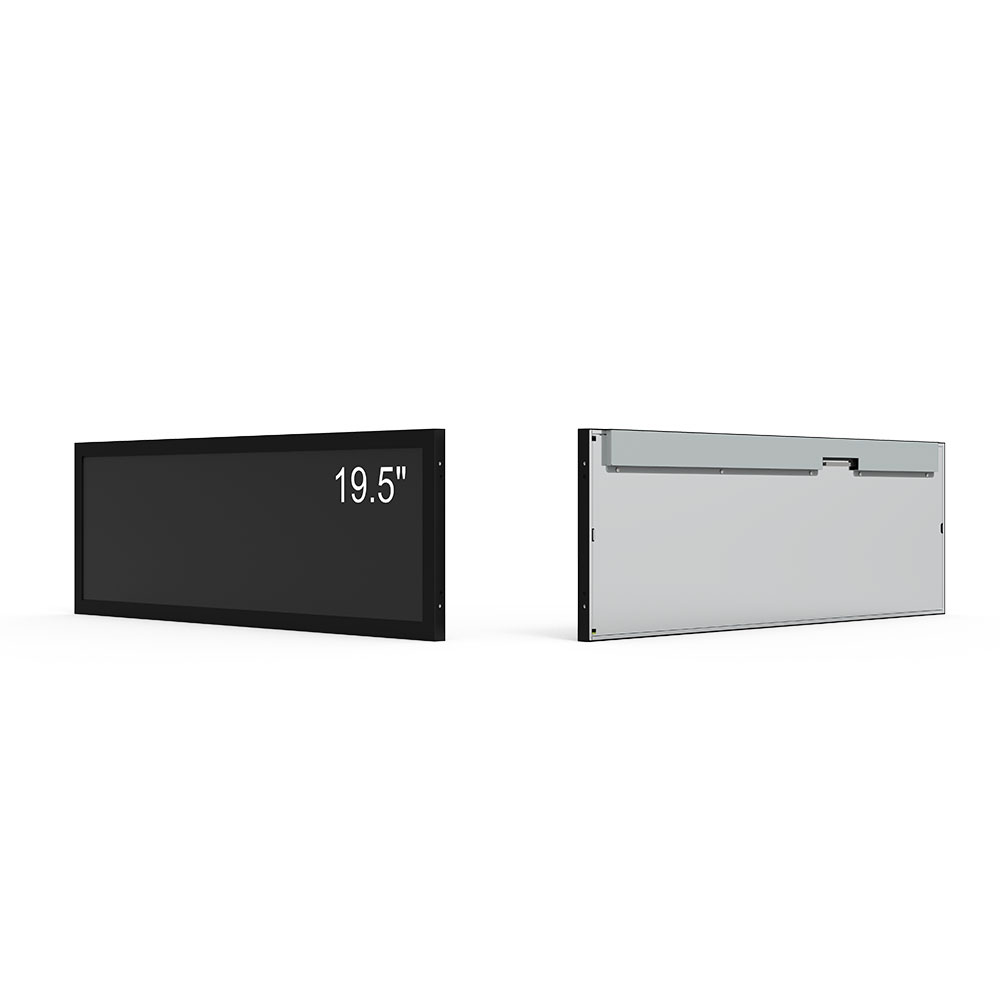When selecting an outdoor LCD screen for commercial, industrial, or public use, it’s essential to prioritize both visibility in varying lighting conditions and long-term durability against environmental stressors. Industry standards such as IEC 60068 and MIL-STD-810 guide manufacturers in testing resistance to temperature extremes, humidity, vibration, and dust ingress—critical factors for any outdoor display application.
First, consider brightness levels. For optimal performance under direct sunlight, outdoor LCD screens must achieve at least 5,000 nits of peak brightness. High-brightness panels with local dimming technology ensure clear image quality even in harsh daylight, while LED-backlit displays offer superior contrast ratios compared to older CCFL models. A case study from a major airport terminal in Dubai revealed that upgrading from 3,000-nit to 7,000-nit displays reduced visual fatigue among passengers by 42% during midday operations.
Second, evaluate the screen’s environmental protection rating. Look for IP65 or higher ratings for dust and water resistance—especially important in coastal areas or regions with frequent rain. In addition, the housing should be made from UV-resistant materials like aluminum or polycarbonate to prevent fading or cracking over time. For example, a retail chain in Florida reported a 60% reduction in maintenance costs after switching to IP68-rated enclosures in their digital signage fleet.
Third, assess power efficiency and thermal management. Outdoor LCDs often operate in high ambient temperatures, so efficient heat dissipation via passive cooling systems (like heatsinks) or active fans is crucial. ENERGY STAR-certified displays can reduce energy consumption by up to 30%, offering long-term savings without compromising performance.

Finally, ensure compatibility with remote management software. Modern outdoor displays integrate with cloud-based platforms such as BrightSign or Scala, enabling real-time content updates, diagnostics, and predictive maintenance alerts. This capability not only improves operational efficiency but also minimizes downtime—a key concern for businesses relying on dynamic digital signage.

By focusing on brightness, ruggedness, thermal performance, and smart connectivity, you can future-proof your outdoor LCD investment and maximize ROI across diverse climates and applications.







